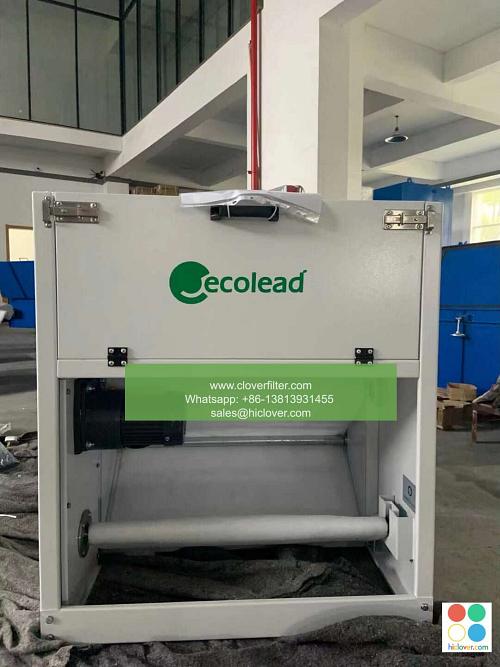The Benefits of Air Filter Software for Schools and Universities

As educational institutions, schools and universities have a responsibility to provide a healthy and safe learning environment for their students, faculty, and staff. One crucial aspect of maintaining a healthy indoor environment is ensuring good air quality. This is where air filter software comes in, offering a range of benefits for schools and universities. In this article, we will explore the advantages of air quality monitoring and indoor air quality management using air filter software, highlighting its various application areas and key features.
Improved Indoor Air Quality
Air filter software helps schools and universities to monitor and manage their indoor air quality, reducing the risk of airborne pollutants and indoor air pollution. By tracking particulate matter, volatile organic compounds, and other air quality parameters, educational institutions can identify areas for improvement and take proactive measures to optimize air filtration systems. This leads to a significant reduction in absenteeism and health problems related to poor air quality, creating a healthier and more productive learning environment.
Energy Efficiency and Cost Savings
Air filter software also helps schools and universities to reduce energy consumption and lower energy costs. By optimizing air filter maintenance and replacing filters at the right time, educational institutions can minimize energy waste and extend the lifespan of their heating, ventilation, and air conditioning (HVAC) systems. This not only saves money but also contributes to a sustainable and environmentally friendly campus.
Compliance with Regulations and Standards
Air filter software helps schools and universities to comply with indoor air quality regulations and standards, such as those set by the Environmental Protection Agency (EPA) and the Occupational Safety and Health Administration (OSHA). By tracking and documenting indoor air quality data, educational institutions can demonstrate their commitment to providing a safe and healthy environment, reducing the risk of non-compliance and associated penalties.
Application Areas
Air filter software has various application areas in schools and universities, including:
* Classrooms: Improving air quality and reducing distractions for students
* Libraries: Preserving books and materials by maintaining optimal humidity and temperature levels
* Laboratories: Ensuring safe and healthy conditions for students and staff working with chemicals and other hazardous materials
* Dormitories: Providing a healthy and comfortable living environment for students
Key Features
When selecting air filter software, schools and universities should look for the following key features:
* Real-time monitoring of indoor air quality parameters
* Automated alerts and notifications for maintenance and replacement of air filters
* Data analytics and reporting to track trends and identify areas for improvement
* Integration with existing building management systems (BMS) and HVAC systems
In conclusion, air filter software offers numerous benefits for schools and universities, from improving indoor air quality and reducing energy consumption to complying with regulations and enhancing student health and productivity. By leveraging the latest technologies and best practices in air quality management, educational institutions can create a healthy, sustainable, and supportive learning environment for all. It seems like you forgot to include the prompt. Could you please provide more details or clarify what you would like to talk about? I’m here to help with any questions or topics you have in mind!

